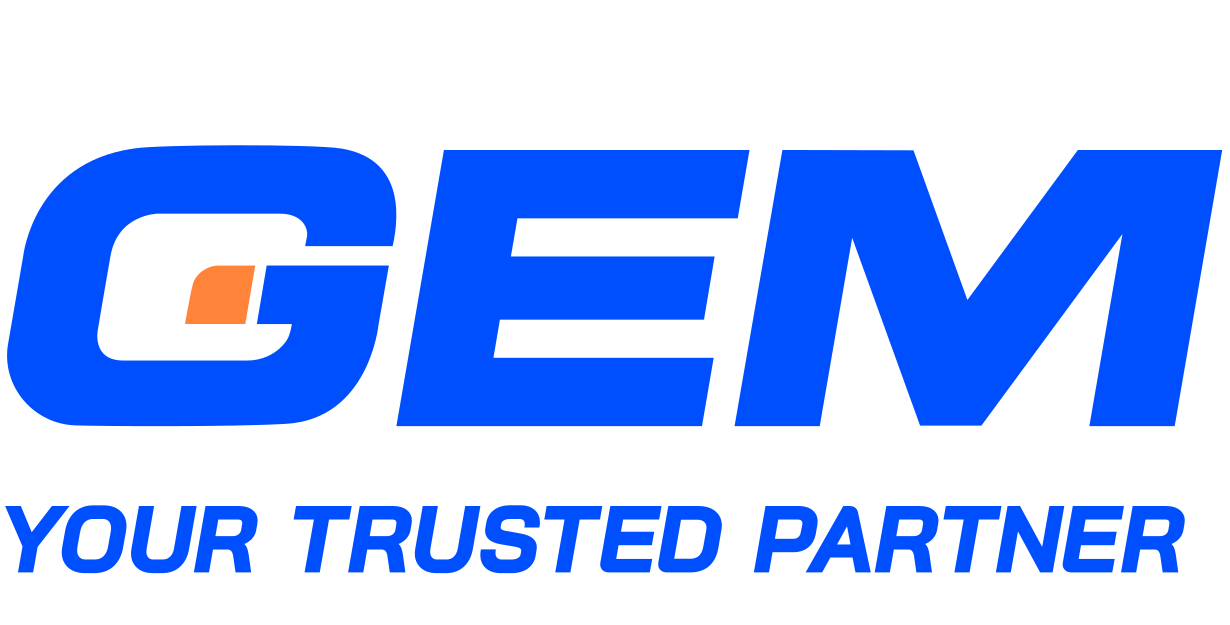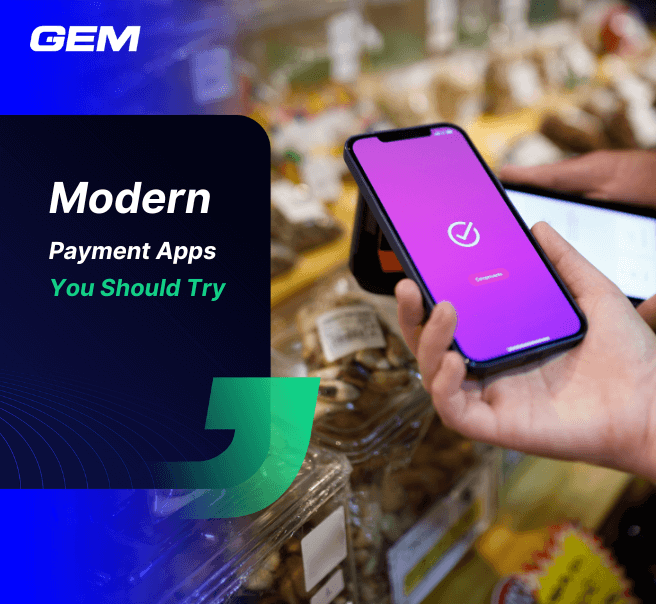Contents
Explore how your insurance business can offer customers a superior mobile-tailored experience
The immense pervasiveness of mobile devices in our modern world is reshaping various sectors, including insurance. For providers, leveraging this trend and translating it into excellent insurance mobile app solutions will foster sustainable growth and greater customer loyalty.
1. Insurance mobile apps – The future
Almost 81% of the world’s population now owns a smartphone. The mobile app’s ubiquity makes mobile devices the focus of many companies’ agendas, as there is a mobile app for almost every human activity. In the case of insurance, the value of mobile app solutions is demonstrated by various tangible benefits for companies.
a. Offering a competitive edge over competitors
Customers now demand speed and transparency in service delivery. They want clear information, and they want it fast. A sharp-witted company can satisfy this need by neatly integrating its service into customers’ mobile phones.
With an efficient insurance mobile app solution, insurers can streamline communication with customers, keeping them updated about policies and procedures. Additionally, they can gather valuable insights to personalize their offers and enhance their marketing strategies. Therefore, carrying out their operations on mobile apps helps companies gain an advantage over other competitors in a crowded market. An insurance mobile app attracts more attention from potential customers while delivering a seamless experience for the current ones.
b. Supporting sales efforts
The highly competitive nature of the insurance industry means that agents must grab any chance to secure a deal. An insurance mobile app can stay connected with interested buyers, calculate quotes instantly, and provide any information needed to convince them. These digital platforms also enable agents to finish their work from anywhere by signing documents digitally and completing payments via mobile-based methods.
c. Making claim processing simpler
From their mobile devices, customers can accelerate processes that usually take days or even weeks. To start a claim process concerning an accident, one can take a photo of the scene before sending it to inform the insurance provider. This new approach takes the hassle out of claim processing for both customers and insurers. The latter can spend less time on mundane paperwork and focus on more critical tasks.

2. The five types of insurance mobile apps and the general features to include
An insurance mobile app solution may fall into one of the following categories:
- Life Insurance
- Health insurance
- Vehicle Insurance
- Property Insurance
- Travel Insurance.
The specific functions heavily depend on what aspect of insurance it caters to. However, there will be a list of essential features covering the most basic activities.
- Profile: A screen displaying information of the insured person or object
- Policy details: A digital version of the company’s insurance policy, which clients can revisit when necessary.
- Policy finder: A search engine with selected parameters that helps clients browse all policy options and look for a specific one for their needs. These choices should be listed with their corresponding quotes for reference. A well-built finder eliminates the need to visit a physical office.
- File a claim: This feature is what most users look forward to when downloading an insurance mobile app. They want all procedures to be completed rapidly and easily. Via the app, customers should be able to fill in the necessary information and have their cases dealt with instantly. Some even expect insurance apps to allow uploading photos of medical documents or incidents as proof instead of an insurer coming to the scene.
- In-app payments: A built-in payment gateway with which customers will complete transactions within the app or on the company’s website. Additionally, insurers can employ an automated recurring payment system to reduce even more time.
- Customer support: This feature can come in the form of 24/7 AI-powered chatbots, live chat support, or an in-app calling functionality that connects customers in need to specialists.
- Notifications: Alerting customers about how their claims are being processed or upcoming limited-time discounts is crucial to keeping them engaged. However, to avoid bombarding them with irrelevant information, these notifications should be personalized and only concerned with what the customers want.
3. How can insurance businesses build an outstanding app solution?
a. What makes an excellent insurance mobile app?
Most importantly, the in-app experience should be maximized. The more work can be done via mobile apps; the more pleased customers will be. They should not have to call an agent or go to an office to file a claim, extend their coverage, or estimate a quote. To achieve this, firms can leverage cross-platform capabilities, such as mobile wallets for in-app payments, TouchID and FaceID for verification, and GPS for finding nearest offices.
Another highly appreciated characteristic for any insurance mobile app is customization. Users tend to prefer controlling their procedures and being treated with special attention. Offers, reminders, and notifications that match individual needs, personalization can be demonstrated. This method is likely to increase customers’ satisfaction, leading to the choice of higher premiums and commitment to their current insurer.
b. How much manpower is needed to build an insurance mobile app?
While the size of the development team depends heavily on the project’s scale, it is recommended that the team for an insurance mobile app consists of the following roles:
- One project manager who monitors the development process and distributes workload across team members while making sure deadlines, budget requirements, and quality standards are met.
- One UI/UX designer whose main task is to create a rewarding user experience. This can be achieved by an intuitive and appealing app interface, together with timely updates based on users’ feedback.
- Android/iOS developer(s) who are responsible for the technical aspect of the development process – including writing and testing code, as well as detecting and fixing bugs. They must have mastery of developing apps that function smoothly on the iOS and Android operating systems – which differ in programming languages and requirements.
- One or two backend developer(s) who manages the server, cloud storage, payment systems, and the app’s operational logic.
- One or two quality assurance specialist(s) who oversees the development process and carry out testings to ensure the final product fulfills major quality criteria.
c. How much does creating a mobile insurance app cost?
When estimating the budget for an insurance mobile app solution, insurance companies need to consider its purposes and features, preferred development platform (will the app be compatible for iOS, Android, or both?), and the scale of the project. A savvy tech company can help providers choose a cost-effective option based on unique business needs.
Conclusion
As we enter a future when mobile devices take over, the insurance industry must quickly catch up. The ability to fit their services into customers’ smartphones and smart devices will help firms acquire customer loyalty and enhance their workflow and efficiency, surpassing competitors in a crowded market.
If you want experienced guidance, selecting a competent IT service provider that meets your company’s requirements will be significantly helpful.
Are you ready to level up?
Looking to craft a new insurance app or enhance an existing one to strengthen your position in the field?
GEM Corporation has been trusted by 100+ clients across different domains, including the BFSI field, as the IT partner who could bring their innovative vision to life.
Let’s write your next chapter of success – Connect with us today.






